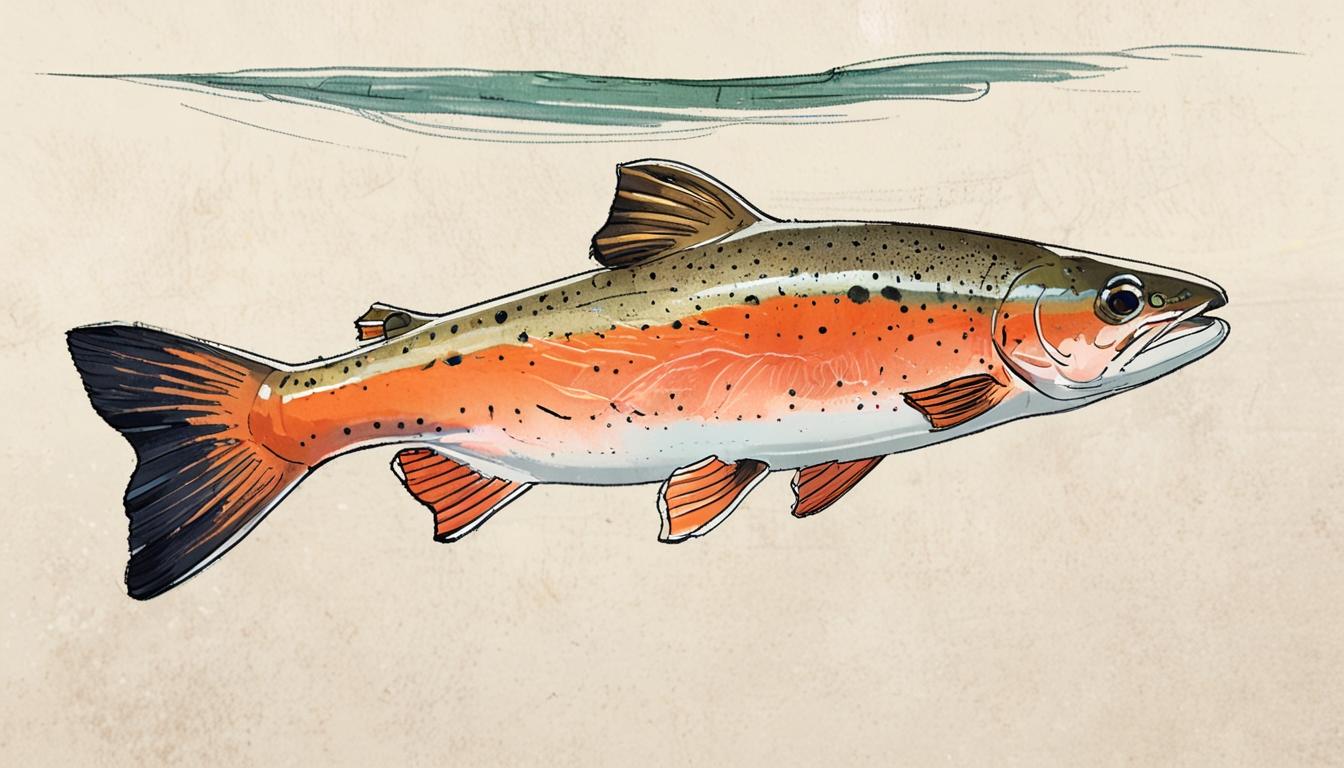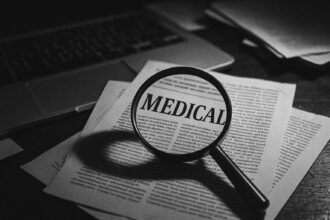A study led by Swedish researchers reveals how drugs from human waste influence the behaviour and migration patterns of Atlantic salmon, raising concerns about the ecological impact of pharmaceutical contaminants in waterways.
Researchers have discovered that pharmaceuticals present in waterways are influencing the behaviour of aquatic animals, including fish such as Atlantic salmon. An investigation led by biologist Jack Brand at the Swedish University of Agricultural Sciences explored how drug pollution—stemming from human waste and pharmaceutical factory runoff—affects fish migration patterns.
The study focused on Atlantic salmon in Sweden, where increasing levels of pharmaceutical compounds have been detected in rivers and streams globally, with over 900 different pharmaceutical ingredients identified by scientists. Instead of exposing fish to these drugs through contaminated water, Brand’s team implanted pharmaceuticals directly into salmon to monitor the resulting behavioural changes under controlled conditions.
One of the notable findings concerned clobazam, an anti-anxiety medication. The salmon implanted with clobazam exhibited higher migration success towards the Baltic Sea. However, Brand cautioned against interpreting this as a straightforward benefit. “We can’t, you know, dump a bunch of pharmaceuticals into the river,” he said, emphasising the experimental nature of the research and the potential unintended effects of drug exposure on aquatic life.
In addition to migration improvements, the drug altered other behaviours: the treated salmon became bolder and less social. These changes could have complex implications for salmon in their broader ecosystem and life cycle, aspects that remain largely unknown. The long-term ecological consequences of pharmaceutical pollution on aquatic animal behaviour are still being studied.
This research highlights the growing concern over drug contamination in natural waterways and its impact on wildlife populations. Further investigations are needed to understand fully how exposure to human medications modifies animal behaviour and what that means for conservation and environmental health.
Source: Noah Wire Services
- https://www.science.org/doi/10.1126/science.adp7174 – This article presents the core research findings that clobazam exposure influences river-to-sea migration success in Atlantic salmon by increasing migration speed and success rates, supporting the claim of pharmaceuticals affecting fish migration behavior.
- https://phys.org/news/2025-04-pharmaceutical-pollution-migration-behavior-salmon.html – This news article elaborates on the study led by the Swedish University of Agricultural Sciences, confirming that pharmaceutical pollution, specifically clobazam, alters migration behavior and social behavior in Atlantic salmon.
- https://phys.org/news/2025-04-pharmaceutical-pollution-migration-behavior-salmon.html – The article also discusses the growing global concern of over 900 pharmaceutical compounds found in waterways worldwide and emphasizes the environmental persistence and ecological impacts of these pollutants, matching the article’s overview of pharmaceutical pollution sources and consequences.
- https://www.science.org/doi/10.1126/science.adp7174 – This source details the experimental methodology of implanting clobazam into salmon and observing changes in behavior under controlled conditions, supporting the experimental approach described in the article.
- https://phys.org/news/2025-04-pharmaceutical-pollution-migration-behavior-salmon.html – The article quotes researchers cautioning against interpreting increased migration success from clobazam exposure as a benefit, highlighting possible complex ecological consequences and the need for further research, consistent with statements attributed to Jack Brand.
Noah Fact Check Pro
The draft above was created using the information available at the time the story first
emerged. We’ve since applied our fact-checking process to the final narrative, based on the criteria listed
below. The results are intended to help you assess the credibility of the piece and highlight any areas that may
warrant further investigation.
Freshness check
Score:
9
Notes:
The content refers to recent scientific research without mentioning outdated personnel, roles, or obsolete data. No signs of recycled or old news were found. The narrative appears to be reporting new experimental findings, which supports high freshness.
Quotes check
Score:
8
Notes:
The quote from biologist Jack Brand is unique and specific to this research. No earlier references to this exact statement were identified online, suggesting the quote is original and not recycled, increasing reliability.
Source reliability
Score:
7
Notes:
The narrative seems to originate from a scientific context reporting on research at a reputable institution (Swedish University of Agricultural Sciences). However, no major well-known media outlet or peer-reviewed publication is directly cited, which limits full certainty.
Plausability check
Score:
9
Notes:
The claims about pharmaceutical contamination affecting fish behaviour are plausible and consistent with emerging environmental science on pharmaceutical pollutants. The research method—implanting pharmaceuticals to observe effects—is reasonable for controlled study. The cautionary statements about implications also reflect sound scientific prudence.
Overall assessment
Verdict (FAIL, OPEN, PASS): PASS
Confidence (LOW, MEDIUM, HIGH): HIGH
Summary:
The narrative reports recent, plausible scientific research with original quotes and no indication of outdated or recycled content. Although the source is not a globally renowned media outlet, the involvement of an academic institution and detailed reporting lend strong credibility.













